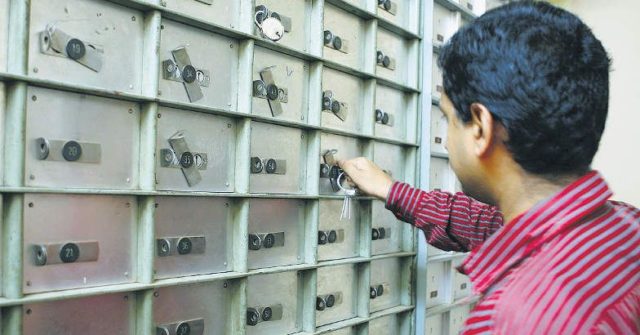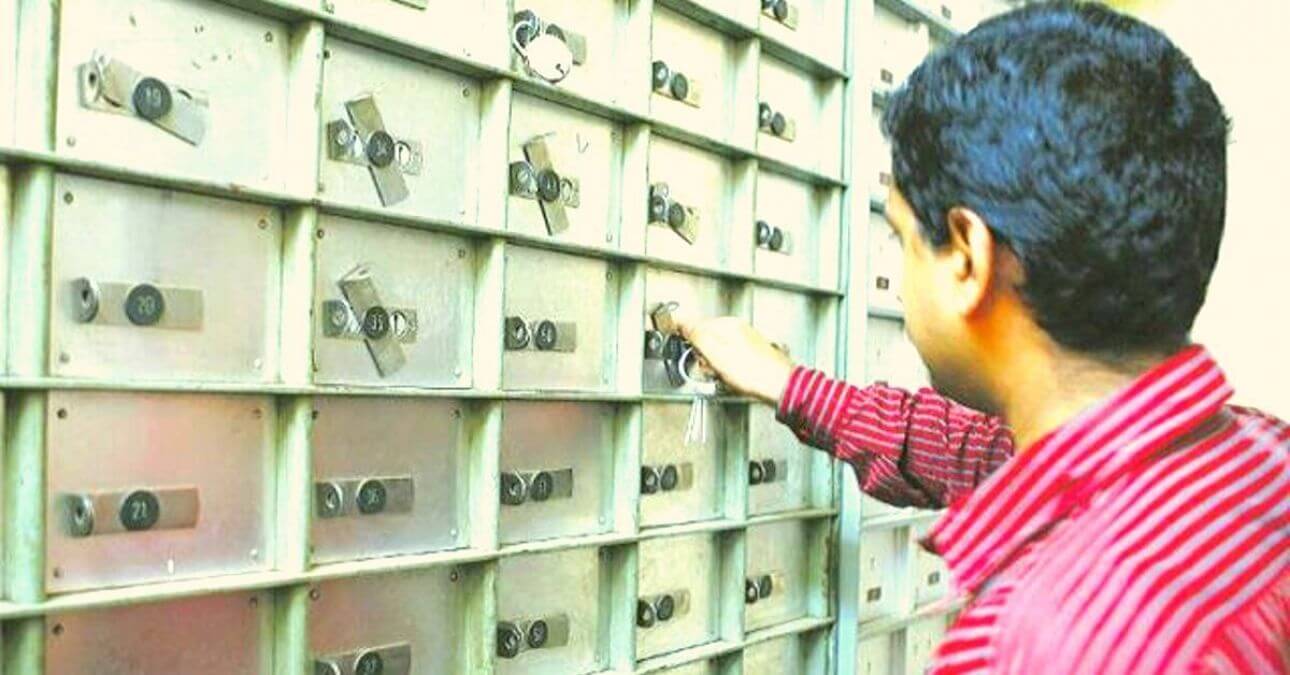Disclaimer: Originally published in April 2017. It is being republished since it still remains an interesting topic till today.
As soon as our dear Prime Minister NaMo announced the demonetization of the 500 and 1000 rupee notes, a lot of people started shitting their pants, especially the ones who had spent all their lives hoarding the pretty notes that we bid goodbye this month in their bank lockers!
A few of them may have also devised long-term plans of converting their black money into white. One such way was buying of infinite gold and hogging it in bank lockers.
Now, all of you might be aware of how a bank locker works. You rent a locker at an XYZ bank and keep whatever precious item you want in it thinking it is safer than your home.

Here comes the bizarre part: you think bank lockers are safe, right? But are they really?
Did you know that your relationship with the bank is of a lessor and lessee? Meaning: Banks lease their property to customers. It’s similar to renting an apartment in layman’s terms.
Section 105 of the Transfer Of Property Act, 1882 says “A lease of immovable property is a transfer of a right to enjoy such property, made for a certain time, express or implied, or in perpetuity, in consideration of a price paid or promised, or of money, a share of crops, service or any other thing of value, to be rendered periodically or on specified occasions to the transferor by the transferee, who accepts the transfer on such terms.”
In simple words, banks lease (hire lockers for their customers) their immovable property to the customer and give them the right to enjoy such property during the specified period i.e. during the office/ banking hours and charge rentals.
Read More: Finance Bill 2017 Gives Rise To Income Tax & Bank Mafia Giving Them License To Harass Us
Now, banks do not assume any liability or responsibility in case of any damage to the contents kept in the locker, and neither do they insure the contents of the locker. In fact, a bank even has the right to break and open the locker in case you default in the payment of rent.
So, if one fine day the contents of your locker go missing or if they get stolen in a bank robbery… EHM, YOU GET NO REIMBURSEMENT, unless it is proven that a bank employee was involved in the robbery or it was the bank’s negligence!
And even if it is proven that the robbery was a result of a conspiracy of the bank employees or the bank’s negligence, since there is no document stating the contents of the locker or the extent of loss, there are hardly any chances of winning the case in a court of law.
Even the Reserve Bank of India guidelines say that banks are not responsible for the contents of the lockers they rent, though they are required to take precautions for their protection.
In one of the most dramatic heists in India, the perpetrators dug a tunnel leading to the locker room of a Punjab National Bank branch in Sonepat, prised open 89 lockers and decamped with the loot. THERE WAS NO COMPENSATION PROVIDED FOR THE LOSS TO THE CUSTOMERS.
So, this method not only keeps your money back and valuables unsafe without any statutory warning or clause highlighting, it further allows you to access your belongings only during bank hours.
Restricted access to any monetary commodity does make it a pretty good comparison to the current demonetization scenario. But hey, at least your money is safe in the latter method.
So, next time on, whenever you see bank papers with “terms and conditions”, do make sure you read them properly and not make a fool out of yourself in the long run.
Happy banking!
Image Credits: Google Images
Sources: Moneycontrol, Economic Times






































